
IUCN STATUS
Eastern gorillas – Critically Endangered (Grauer’s – Critically Endangered; mountain – Endangered); western gorillas – Critically Endangered (western lowland – Critically Endangered; cross river – Critically Endangered)
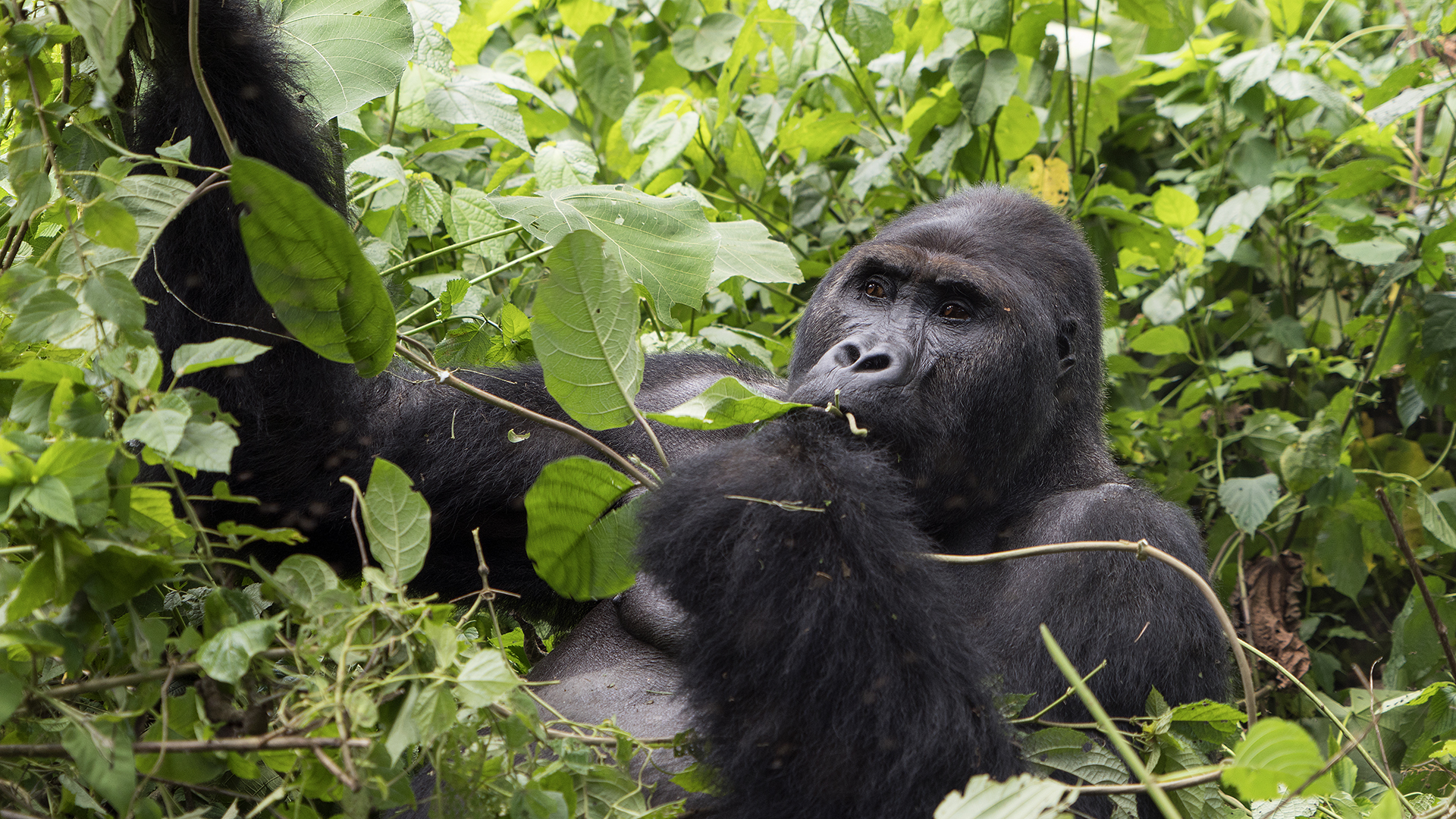
Gorilla beringei & Gorilla gorilla
So, these apes help to rejuvenate the ecosystem, and have a potentially positive influence on forest restoration efforts.

Eastern gorillas – Critically Endangered (Grauer’s – Critically Endangered; mountain – Endangered); western gorillas – Critically Endangered (western lowland – Critically Endangered; cross river – Critically Endangered)

Grauer’s gorilla – ~3,800*, declining; mountain gorilla – ~1,004* (~600 mature individuals), increasing; western lowland gorilla – ~316,000*, declining; cross river gorilla – ~250-300* (~150-300 mature individuals), declining. Assessed 2016-2018
* According to the International Union for the Conservation of Nature (IUCN)

Omnivorous

Closed forest including lowland, bamboo and swamp forest; sub-montane and montane forest.

The Democratic Republic of the Congo, Rwanda, Uganda, Angola, Cameroon, Central African Republic, Congo, Equatorial Guinea (mainland), Gabon, Nigeria

Height – up to 1.75m; weight – females weigh between 72kg and 98kg, whereas male can weigh between 136kg and 181kg

Poaching for bushmeat and the illegal wildlife trade, habitat loss and degradation, disease, climate change
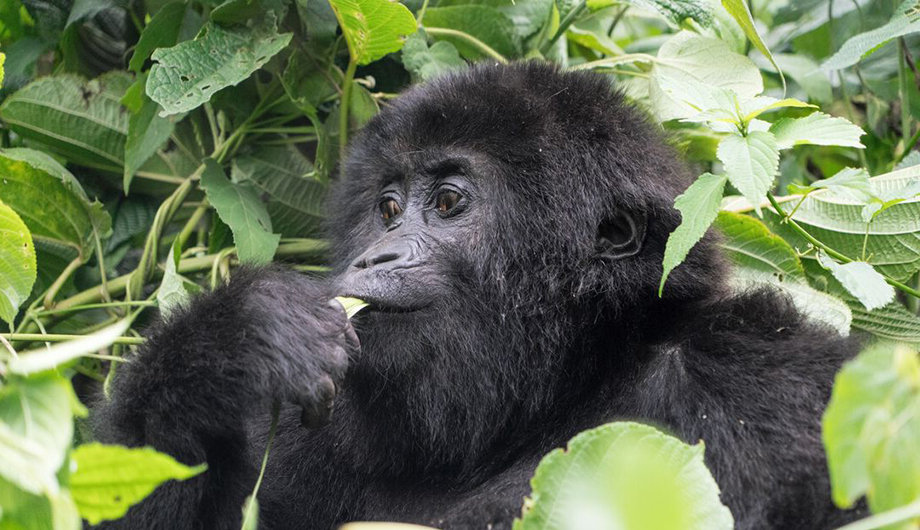
The word “gorilla” is from a Greek word meaning “tribe of hairy women”!
The largest of the great apes, the gorilla is thought to have shared a common ancestor with humans about 10 million years ago, and today, shares approximately 98% of its DNA with us.
Gorilla arms are much longer than their legs, meaning, although they can stand upright, they usually walk on all fours using the backs of their hands as feet – called a knuckle walk.
Adult males are known as silverbacks due to their characteristic silver hairs.
Gorillas live across a variety of habitats and elevations (ranging from 600m to 4000m), from forests in the highlands, down to swamplands in the lowlands. They eat a variety of food, including pith, shoots, leaves, fruits, herbs, bark, roots, bamboo, seeds and invertebrates like ants, larvae, and worms.

A Western lowland gorilla © davecurrey.com
A typical family group of about five to 10 gorillas includes one dominant mature male – the silverback – and several adult females and their young.
Once mature, males and females leave the group to avoid inbreeding. Males may go through a solitary period for a few months or years, eventually attracting females and beginning a new family group. The strongest social bonds in gorilla groups are male-female and they groom each other to reinforce their relationship. Adult males protect females and their offspring from predators and other males who might attack and kill their young.
Gorillas have a range of communication sounds including grunts, whimpers, barks, whines, chuckles and belches plus many more. Belching is a soft contact call used when individuals are out of visual contact, and excited gorillas may bark, hoot, roar or scream. Male displays, which use a combination of these calls, also involve charging, strutting and throwing vegetation. Both male and female gorillas laugh when they play.
Gorillas have low reproduction rates, with females only giving birth every four to six years after a pregnancy of eight to nine months and so any reduction in numbers is a conservation concern.
Both eastern and western gorillas are highly threatened by illegal poaching for the bushmeat trade, and for use of their body parts in medicines and magical charms. Despite the killing and consumption of all great apes being illegal, poaching remains one of the main threats to gorillas. The young of mothers killed by poachers are often captured and sold into the illegal wildlife trade.
Habitat loss and degradation due to deforestation, agricultural expansion and industrial mining threaten gorillas by splitting their populations into different areas. Vast areas of forest that overlap with gorilla habitat are being cut down to make way for palm oil.
Highly infectious diseases like the Ebola virus pose critical threats to gorillas. A 2006 paper in Science implicated Ebola as the killer of over 5,000 gorillas in Lossi Sanctuary, northwest Republic of Congo.
Climate change is predicted to impact the forests’ productivity, plant composition and rain levels, which will affect its suitability for gorillas. In particular, high-altitude forests may be particularly affected, resulting in gorilla habitat shifting higher up the mountain, meaning further isolation of the remaining gorilla populations.
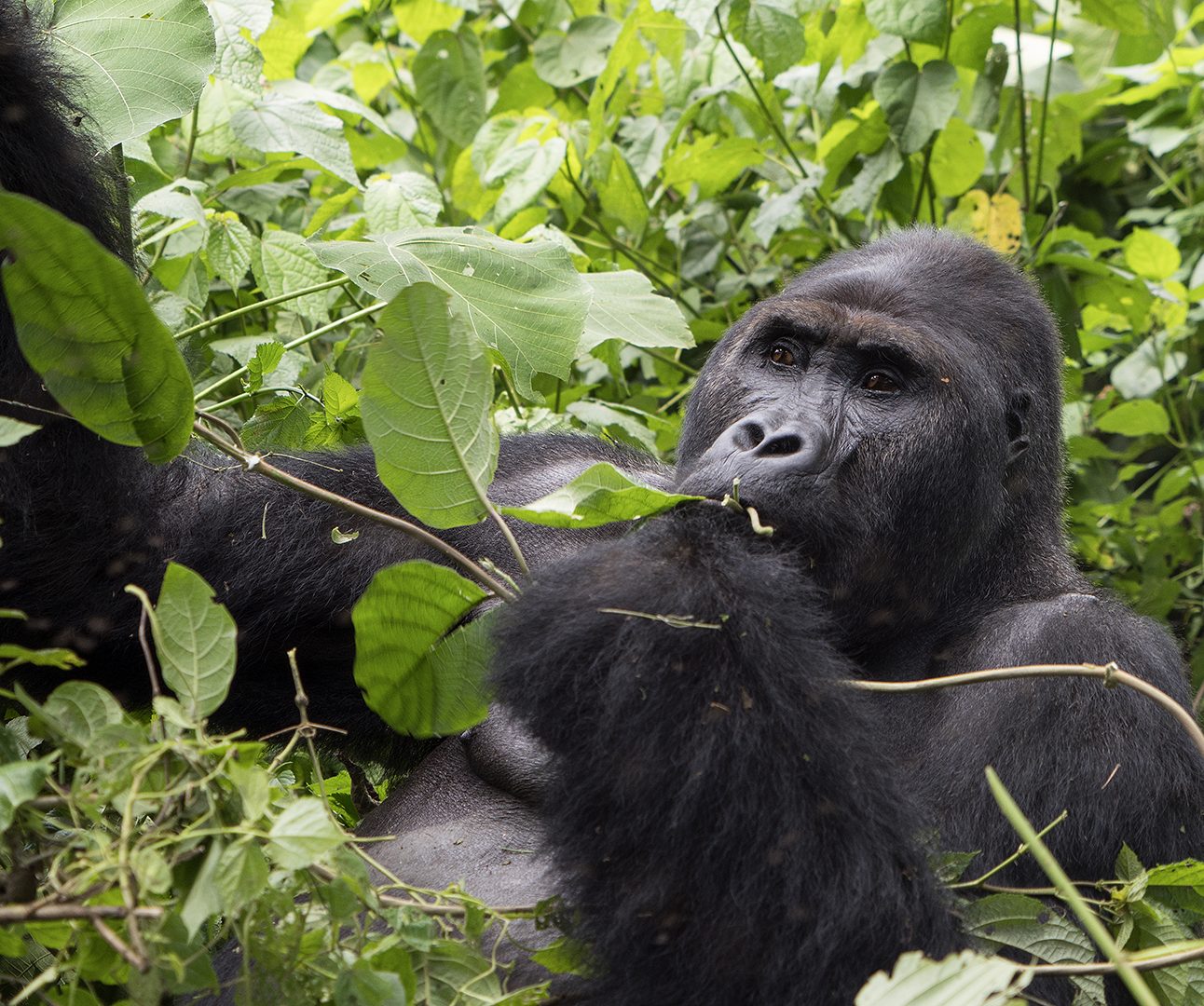
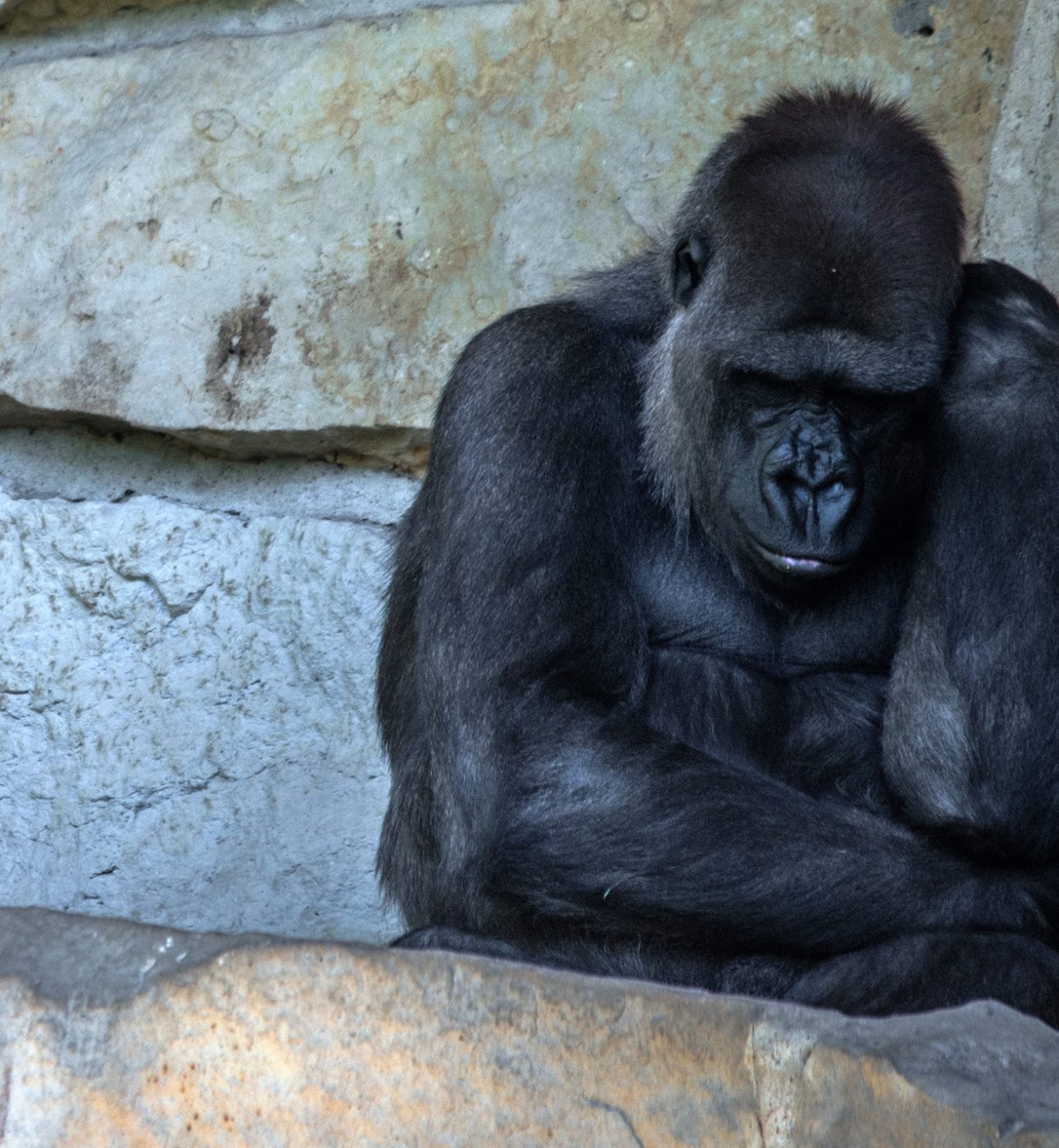
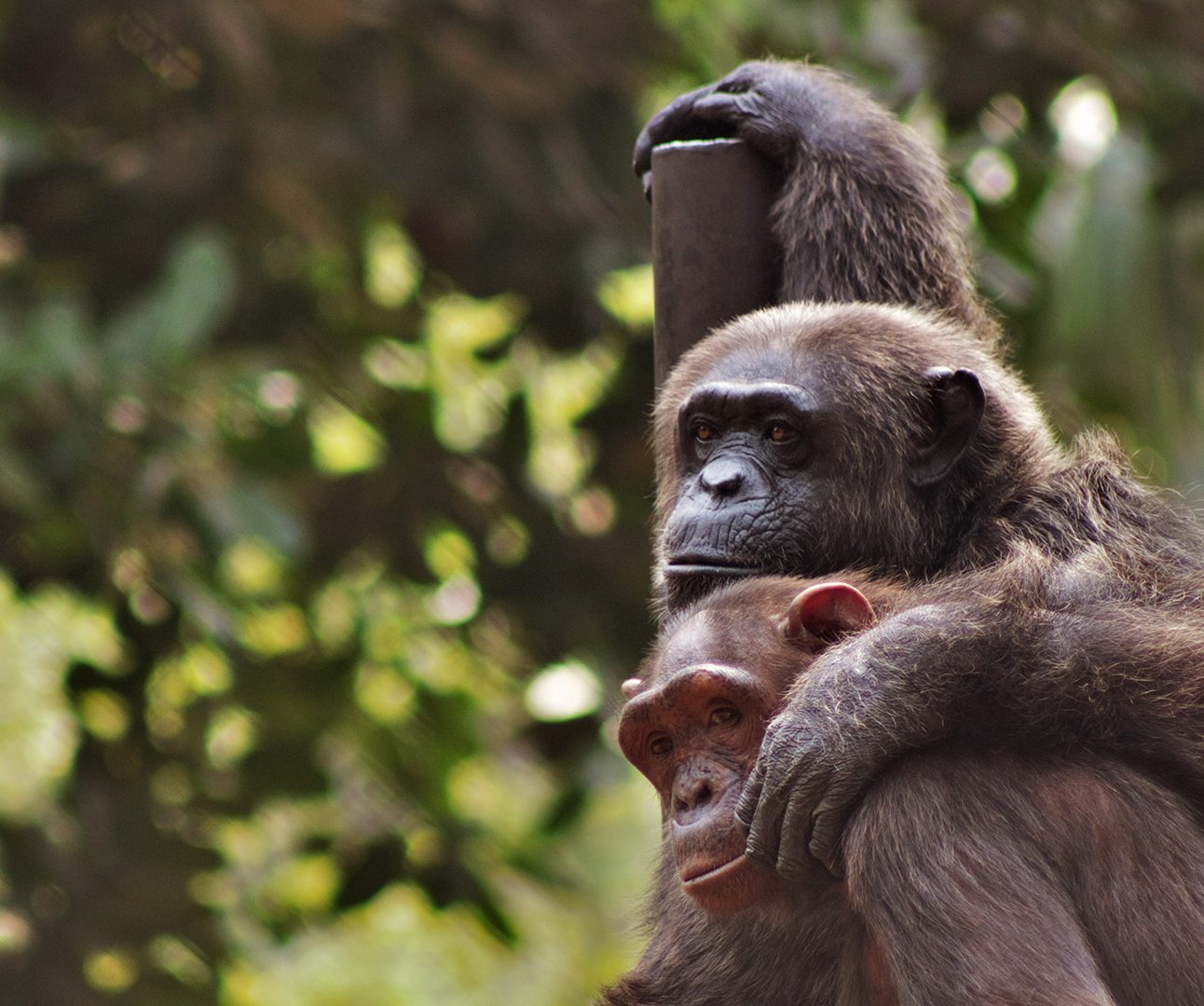
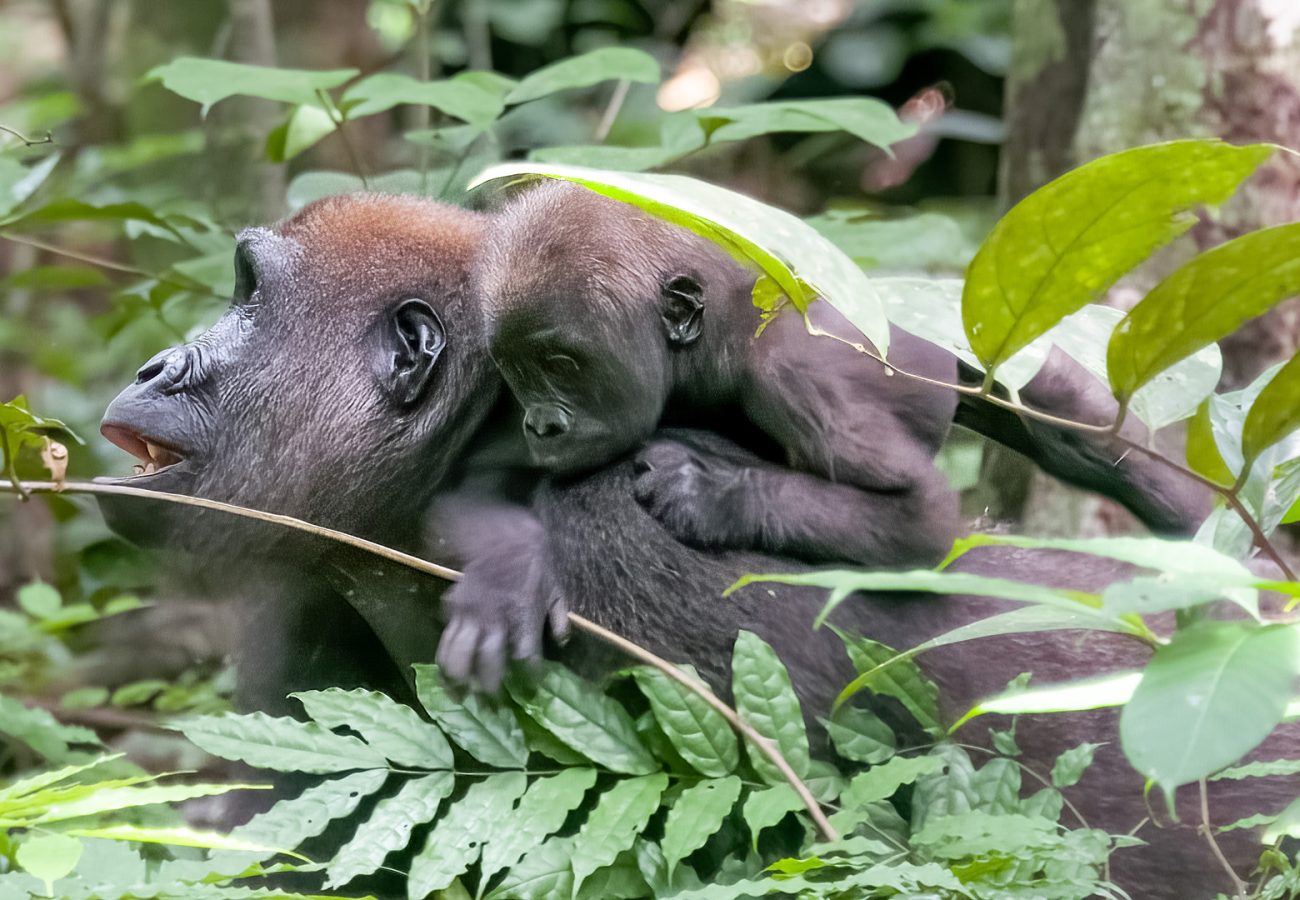
You can support Born Free's work to protect wild gorillas, by adopting the Gorilla Family